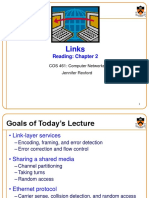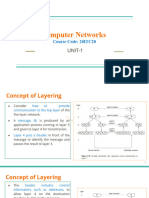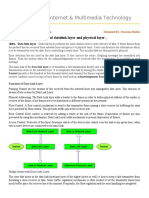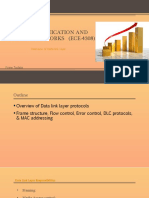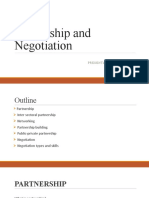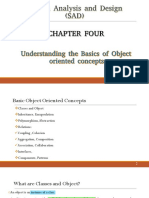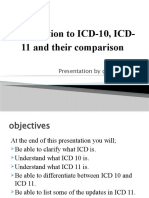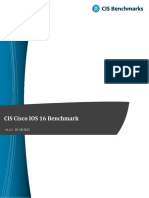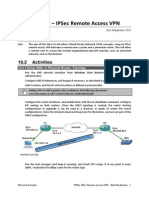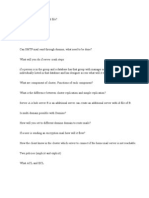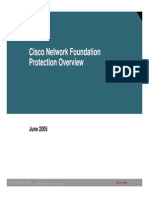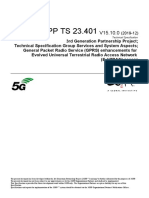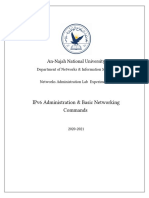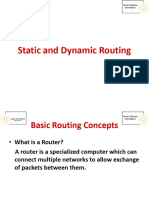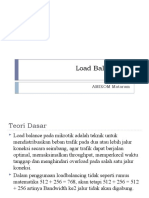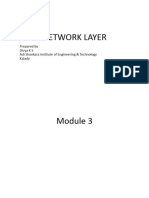0% found this document useful (0 votes)
33 views56 pagesChapter 5 OSI - Reference - Model
Chapter Five discusses the OSI Reference Model, detailing the functions and responsibilities of each of its seven layers, including the Physical, Data Link, and Network layers. It covers key concepts such as addressing, error detection and correction, flow control, and the differences between connection-oriented and connectionless services. The chapter emphasizes the importance of these layers in facilitating communication across networks and ensuring reliable data transmission.
Uploaded by
Abdu AminuCopyright
© © All Rights Reserved
We take content rights seriously. If you suspect this is your content, claim it here.
Available Formats
Download as PDF, TXT or read online on Scribd
0% found this document useful (0 votes)
33 views56 pagesChapter 5 OSI - Reference - Model
Chapter Five discusses the OSI Reference Model, detailing the functions and responsibilities of each of its seven layers, including the Physical, Data Link, and Network layers. It covers key concepts such as addressing, error detection and correction, flow control, and the differences between connection-oriented and connectionless services. The chapter emphasizes the importance of these layers in facilitating communication across networks and ensuring reliable data transmission.
Uploaded by
Abdu AminuCopyright
© © All Rights Reserved
We take content rights seriously. If you suspect this is your content, claim it here.
Available Formats
Download as PDF, TXT or read online on Scribd
/ 56



































